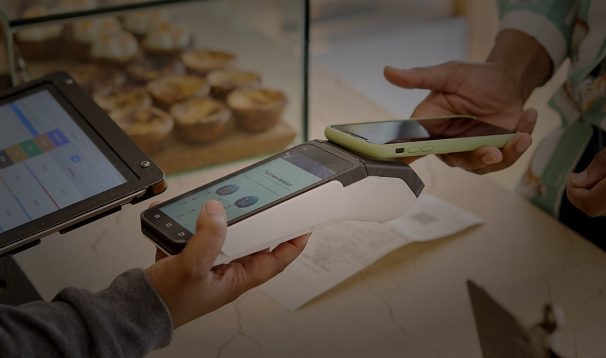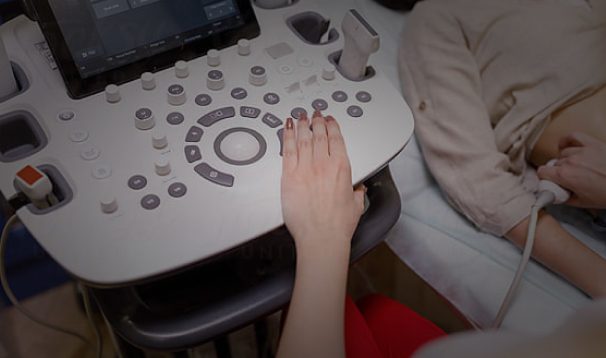Client
A major research and development institution
Services
Project: Developing an implantable brain-computer interface device to treat mental illness
Treating neuropsychiatric illness is a challenge for practitioners. The diversity of symptoms, reliance on the patient’s subjective feedback, and lack of personalized therapy hinder the effectiveness of conventional treatment. Innovation is necessary for long-term relief, especially for patients with severe conditions.
At the forefront of this challenge, HTEC partnered with multiple prestigious technology research and development institutions. The goal was to develop an implantable, closed-loop brain-computer interface (BCI) solution to improve the mental health of patients with mood and anxiety disorders.
Challenge: Building an implantable closed-loop solution
Deep brain stimulation (DBS) solutions implant electrodes directly within the brain to treat conditions like Parkinson’s disease, tremors, and epilepsy. While the technology isn’t new, DBS treatments are more complicated with conditions such as major depression or post-traumatic stress disorder. The symptoms vary significantly, and clinicians must rely on conventional psychotherapy to get feedback from patients and control the implants remotely, or on an open loop. The downside of open-loop control is that patients can exhibit positive behavior while actually experiencing major emotional distress. The first challenge was to find a more effective way of measuring the patient’s state by relying on objective criteria, such as biomarkers.
The second challenge was to find a way to adjust the electrodes’ stimulation automatically.
Prior to HTEC’s participation in the project, four other teams worked on creating a closed-loop solution that would address the challenges mentioned above. The project was two years late in development when HTEC joined, and none of the other teams managed to bring a workable solution to a prototype.
The major obstacle was porting large, complex algorithms into tiny microcontrollers small enough to be implanted in humans. The process and algorithms required huge computational power, and the other teams could only make them run on supercomputers.
Here’s where HTEC stepped in to codevelop a device that revolutionized implantable BCI technology.
Solution: A microcontroller-based implantable solution running complex algorithms in real time
It took HTEC only nine months to design and develop a working prototype — two implantable devices using tiny microcontrollers capable of running complex matrix laboratory (MATLAB) algorithms in real time. The solution consisted of an aggregator module implanted in the brain and a controller module implanted above the chest. The aggregator collected electrocorticogram (ECoG) signals via a sensing chip. The controller identified brain areas out of balance and in need of stimulation and calculated the amplitude, frequency, and stimulation duration. Based on this data, the controller module automatically stimulated brain areas via a stimulation chip, providing continuous and long-term treatment. The solution also featured an increased number of electrodes compared to other DBS devices, which provided a much higher resolution in screening and enabled more fine-tuned sensing and stimulation.
“I’m proud to be a part of this trailblazing project. We’re working towards a future where BCIs emerge as a transformative solution in the fight against neurological disorders and lead to tangible improvements in human health and well-being.”
Miroslav Božić, Director of Engineering and Delivery at HTEC
Success: A genuinely revolutionary personalized treatment
The BCI solution HTEC codeveloped not only eliminated the need for frequent manual intervention but also enabled personalized treatment for patients.
In addition to creating a closed-loop solution that integrates diagnostics and treatment, the device contained an external module that served as a charger and provided Wi-Fi communication with the implanted device. This unit could be connected to a computer or a tablet, enabling physicians to monitor ECoG signals, recognize and flag biomarkers, configure the simulation program, and track the patient’s condition and recovery.
Unlocking a new era: The game-changing potential of bespoke automated therapy
Although it was first developed for patients with clinical depression to improve and control mood, HTEC’s codeveloped BCI solution can be used for virtually any neuropsychiatric condition. By measuring various biomarkers and carrying out deep brain stimulation accordingly, this compact implantable solution can automate and personalize treatment like never before.
Eager to join us at the forefront of medical technology? Contact our experts to discover how HTEC can reimagine your MedTech solutions.














